
Science Fiction is a genre of ideas, societal and philosophical as well as scientific. As such it only relies on the imagination and curiosity of its creators not on special effects or budgets. It can come from all over the world, be formally daring, even experimental. This list consists of films that are defined by their ambition, films that are underseen, but which all have legitimate sci-fi pedigree.
Some are based on properties by legendary sci-fi authors with more exalted adaptations elsewhere. Others mark ambitious low scale debuts of filmmakers that have gone on to define modern franchise science-fiction. Some are films that push formal limits and small budgets to explore fantastical world with invention and ambition. So, from around this world and many others, spanning from 1960s to the present day via some jumps into the future and back to the past. Here are ten films that are guaranteed to push the boundaries of your imagination if you give them the chance.
1. Quatermass and the Pit (1967)
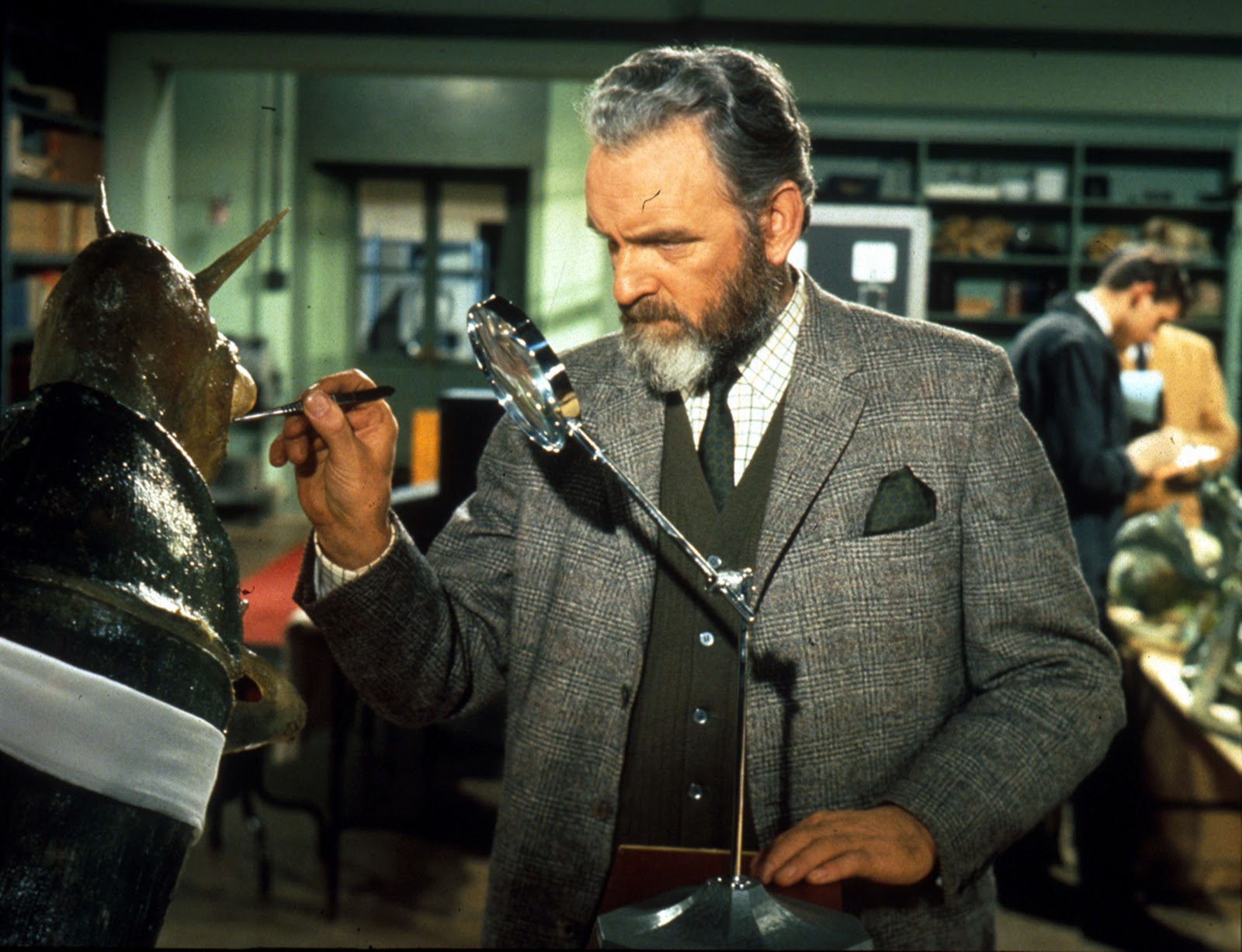
When fossils for a missing link in human evolution are found along with a strange unearthly structure, physicist Bernard Quatermass makes some shocking discoveries about strange things long doormat in humanity. Quatermass was the creation of British Sci-Fi writer Nigel Kneale. A recuring character in early BBC television serials then graduating to the cinema in a slew of films produced by legendary Hammer Studios. These stories of space exploration and cosmic horror are an essential edition to sci fi horror genre, although they are criminally overlooked.
Quatermass and the Pitt is perhaps the best, it’s script an exquisite piece of sci fi writing. It brims with complex ideas about collective conscious, evolutionary engineering, interplanetary colonization. Most impressively such complex and potentially far-fetched ideas are seamlessly and subtly implemented in a way that prefigures explorations in films like 2001: a Space Odyssey or Prometheus. This is all helped by some still unsettling special effects and design, tense direction and performances that truly make us feel the terror of the unknown.
2. Planet of the Vampires (1965)
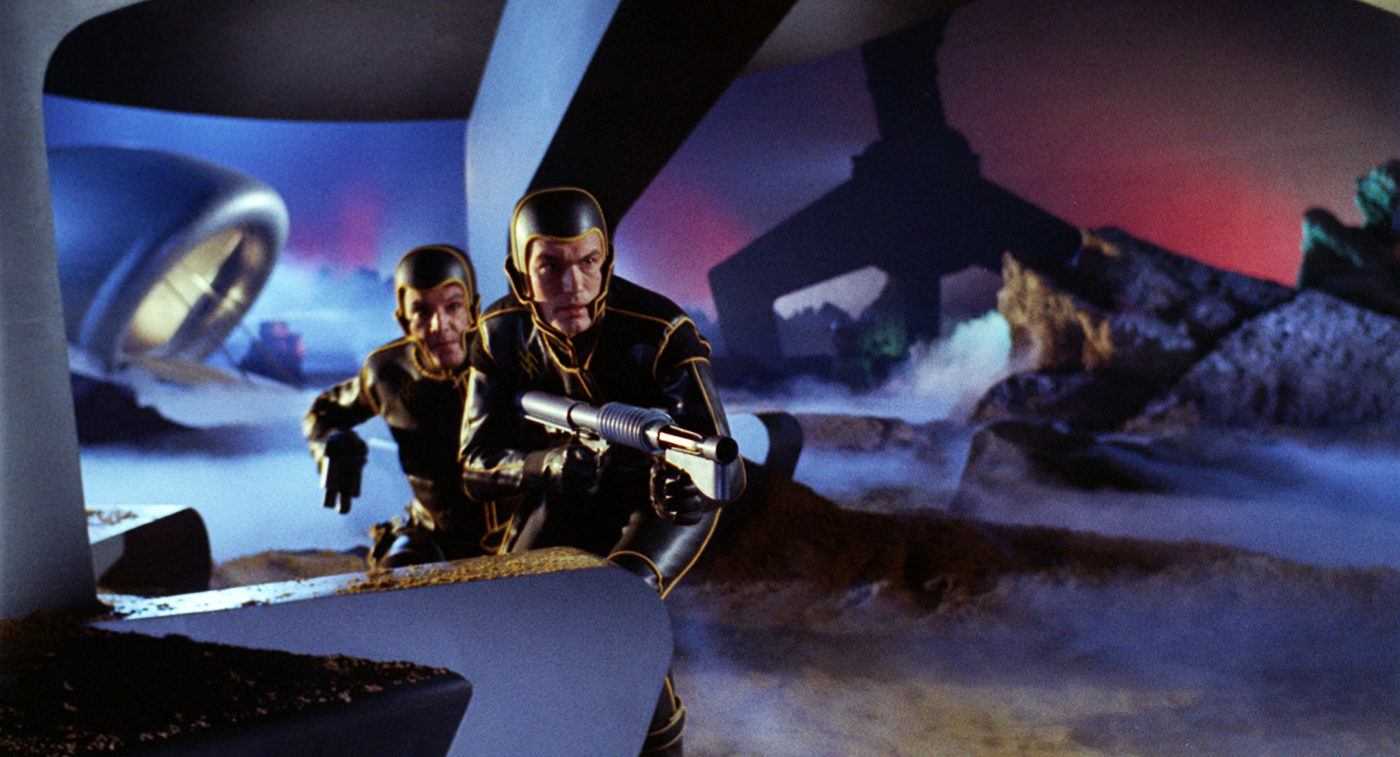
From Italian horror maestro Mario Bava comes a particularly pulpy slice of early sixties sci-fi. An Italian, American, Spanish co-production complete with ‘Speed Racer’ style dubbed actors spouting cosmic technobabble. However, it is full of memorably stylish sets and costumes, most strikingly the full body leather space suits, possibly the best space suit in cinema. Furthermore, on a limited budget it captures an eerie atmosphere especially through its creepy score and sound design.
Most notably it has been seen to have foreshadowed the plot of Ridley Scott’s Alien. Likewise, the story here is about a spaceship with a large crew responding to a distress signal from an unknown planet. There is also a visual comparison when to crew discover an ancient ship complete with the colossal skeletal remains of a long dead alien race. Instead of Face Huggers here we get an alien force resurrecting and possessing the dead members of the crew. This leads to one mesmerising shot of bodies emerging from the grave tearing themselves out of plastic coverings. The lurid colour cinematography gives the alien landscape a misty pulsating energy, complete with plenty of hyperactive crash zooms. All this makes for a film that has seared itself into the iconography of science-fiction despite not enough people seeing it.
3. Ikarie Xb-1 (1963)
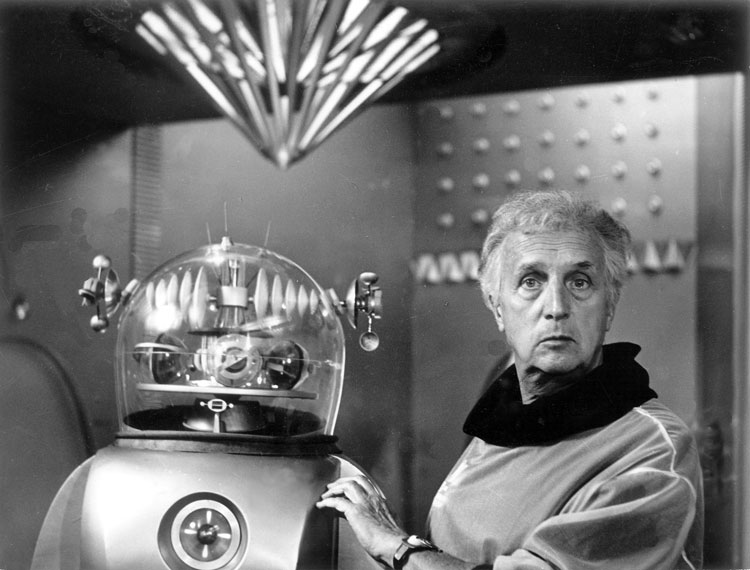
Another tale of space exploration from the mind of Solaris writer Stanislaw Lem, made in the Soviet era Czech Republic. Rather than Solaris’ individual phycological examination, Ikarie Xb-1 explores what happens within group dynamics when people living together are confronted with alien life and the unknown. In the year 2163 spaceship Ikarie is carrying a large group of scientists deep into a new star system in the search for Alien life.
The cool modernist interiors of the ship and the sterling special effects put it on the same technical level as any other American Sci Fi film of the era. There are also automatic doors wrongly accredited as being first conceived by Star Trek, along with time dilation, pre-figuring Interstellar and the Eastern Blocs answer to Robbie the robot, Patrick. The crew discover a mysterious vessel floating in space along with a mysterious “dark star” which bring disease, madness, and a reminder of the failures of humanity in the twentieth century. However, this self-reflection on the era the film was made in doesn’t give way to cold war, mid-century, nihilism. Instead, we arrive at an optimistic conclusion regarding the discovery of alien worlds and the future of humanity.
4. The Congress (2013)
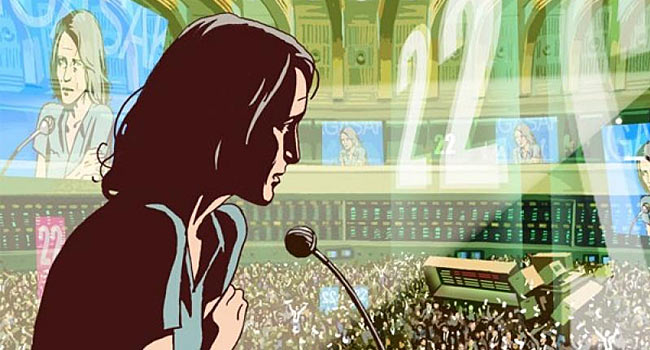
Another adaptation of a Stanislav Lem work, this time it is a very loose adaptation of his novella the Futurist Congress. Director Ari Folman transposes a framework of Hollywood satire onto this story of hallucination being used as an escape in a dystopian future. Robin Wright plays a version of herself imagined as a washed-up actress who is being strong armed by a studio to sell her entire image and likeness, which using advanced technology can photo-realistically recreate her forever. Halfway through things drastically shift when Wright enters a surrealistically animated future world representing an augmented drug fuelled virtual reality.
The film really comes alive in the animated sections, showing off Folman’s skills in the medium. The technique captures an absurdist world where people can be anything they want by using the image of others to make their own reality. Images that are bought and decimated by companies more concerned with creating greater virtual pleasures then using their technology to help the real world. As such the film asks deep questions about the control people have over their own identity, the fracturing of human experience through virtual reality and how much control we give technology over our very human essence.
5. The Boys from Brazil (1978)
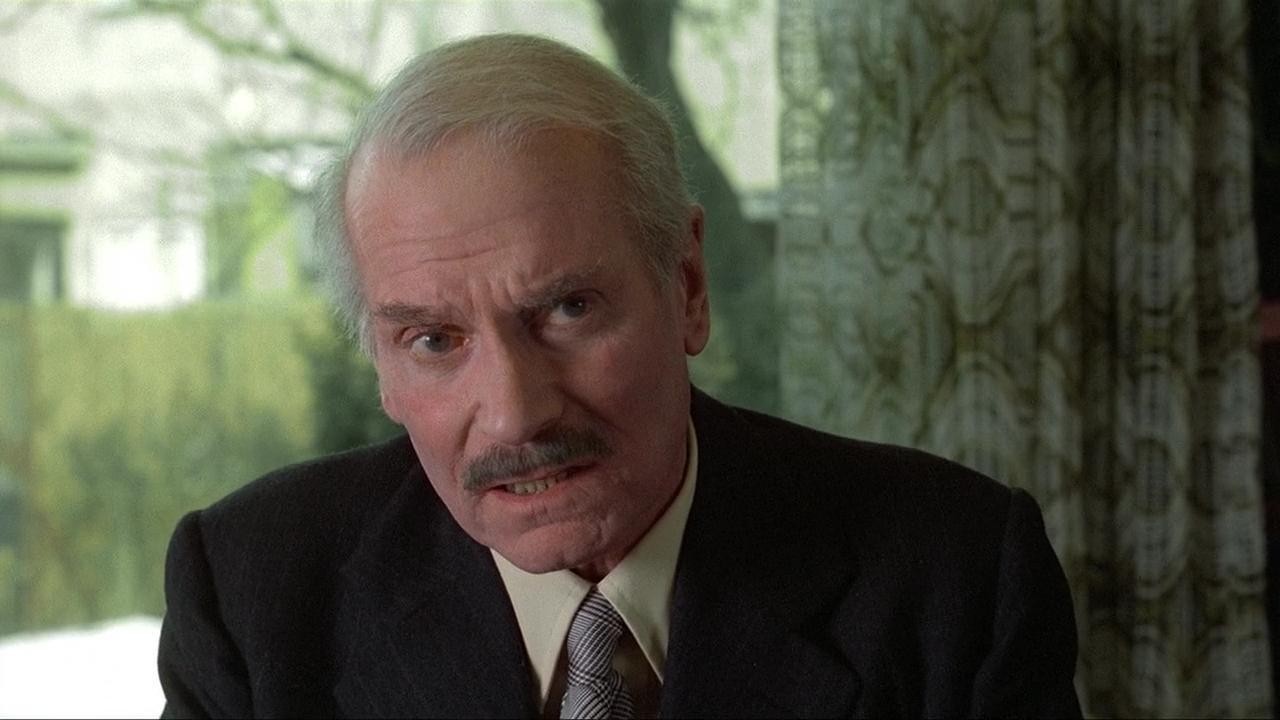
Probably the third most famous cinematic adaptation of author Ira Levin’s work. The first two obviously being the iconic horror of Rosemary’s Baby and the more sci fi inflected Stepford Wives. This film is famous for having an outrageous premise albeit one with a competent basis in the theoretical knowledge science had of cloning at the time. That premise is often used up front to sum up the film, but it is really meant to be a big reveal in the narrative. The answer to a hideous conspiracy dreamed up by prominent Nazis who escaped allied justice.
One of the real world’s most infamous members of this diabolical group Dr Josef Mengele is given the role of mastermind of this plot. He is played with bile spitting venomous hatred in an admittedly over the top performance by Gregory Peck. However, it matches the fevered, violent but somewhat ridiculous tone the film creates. Levin was the king of the disturbing conspiracy; he captured the nefarious injustice of conspiracy like no one else and here it is given extra exploitation energy by the real-life horrors the story draws on. Veteran director Franklin Schaffner realises this in broad muscular strokes perhaps missing the subtlety of other Levin adaptations. Yet it makes for a pulpy, thrilling ride which also manages to be deeply unsettling and disturbing.